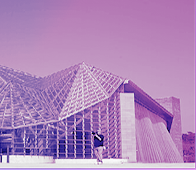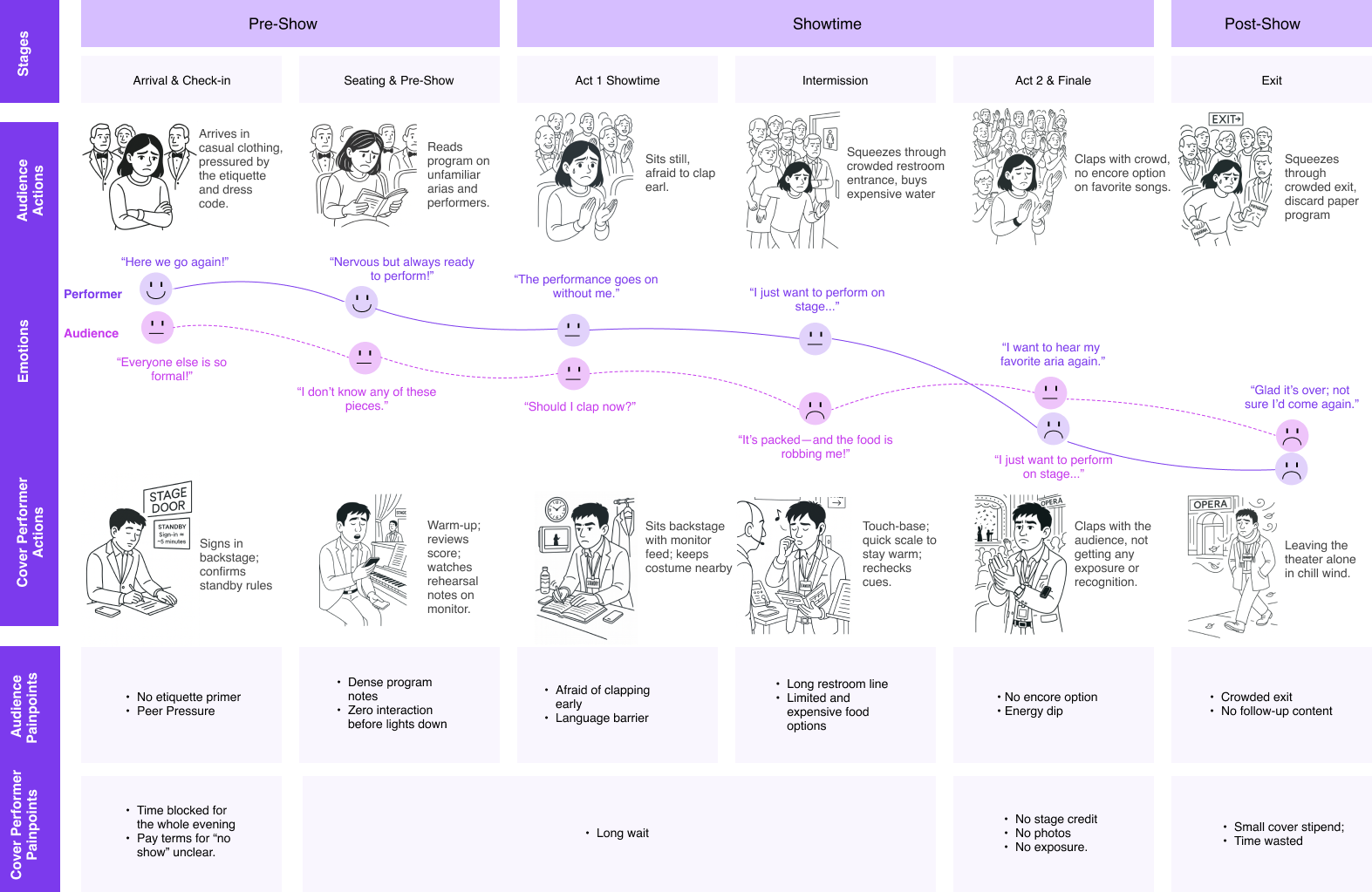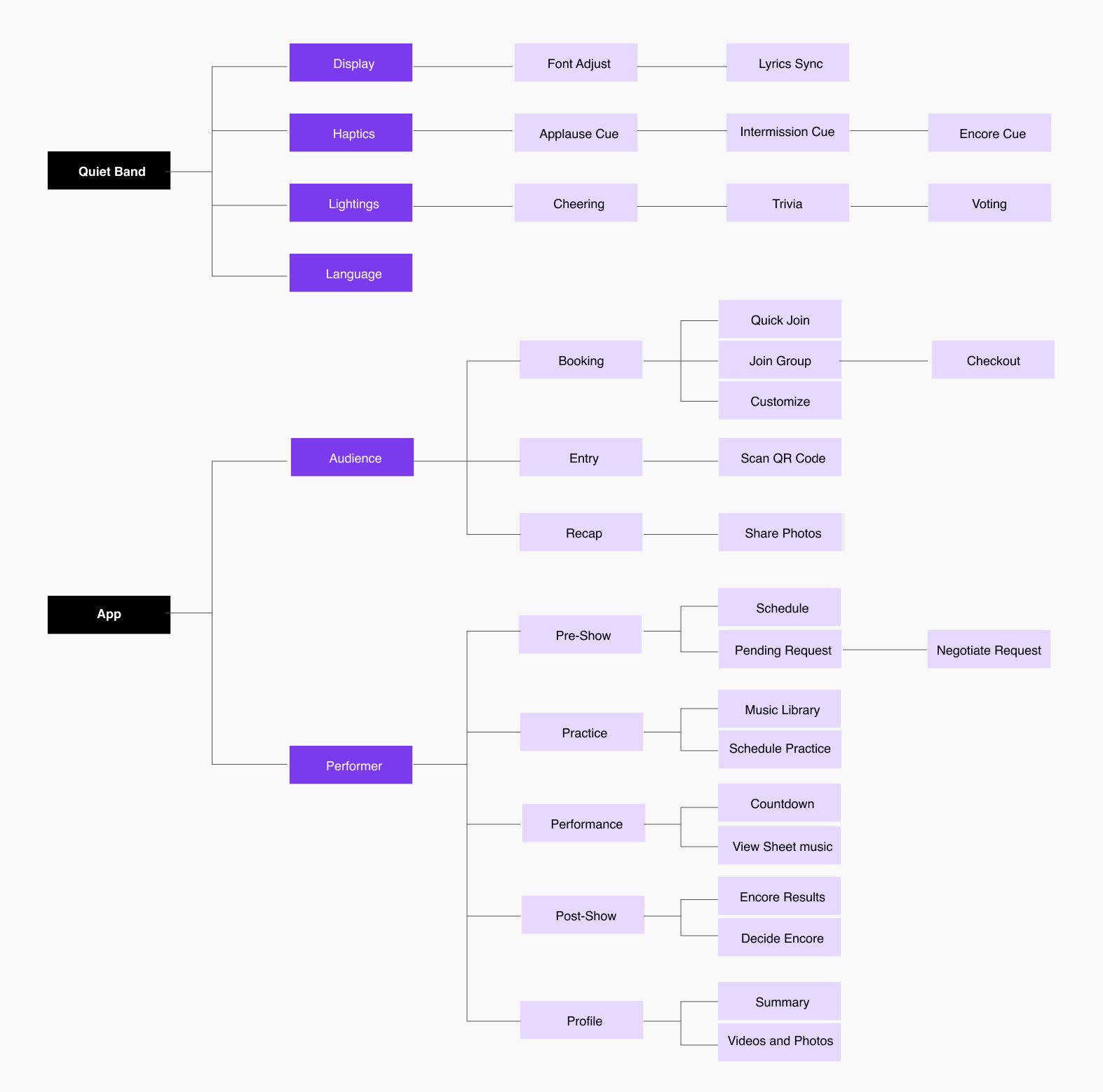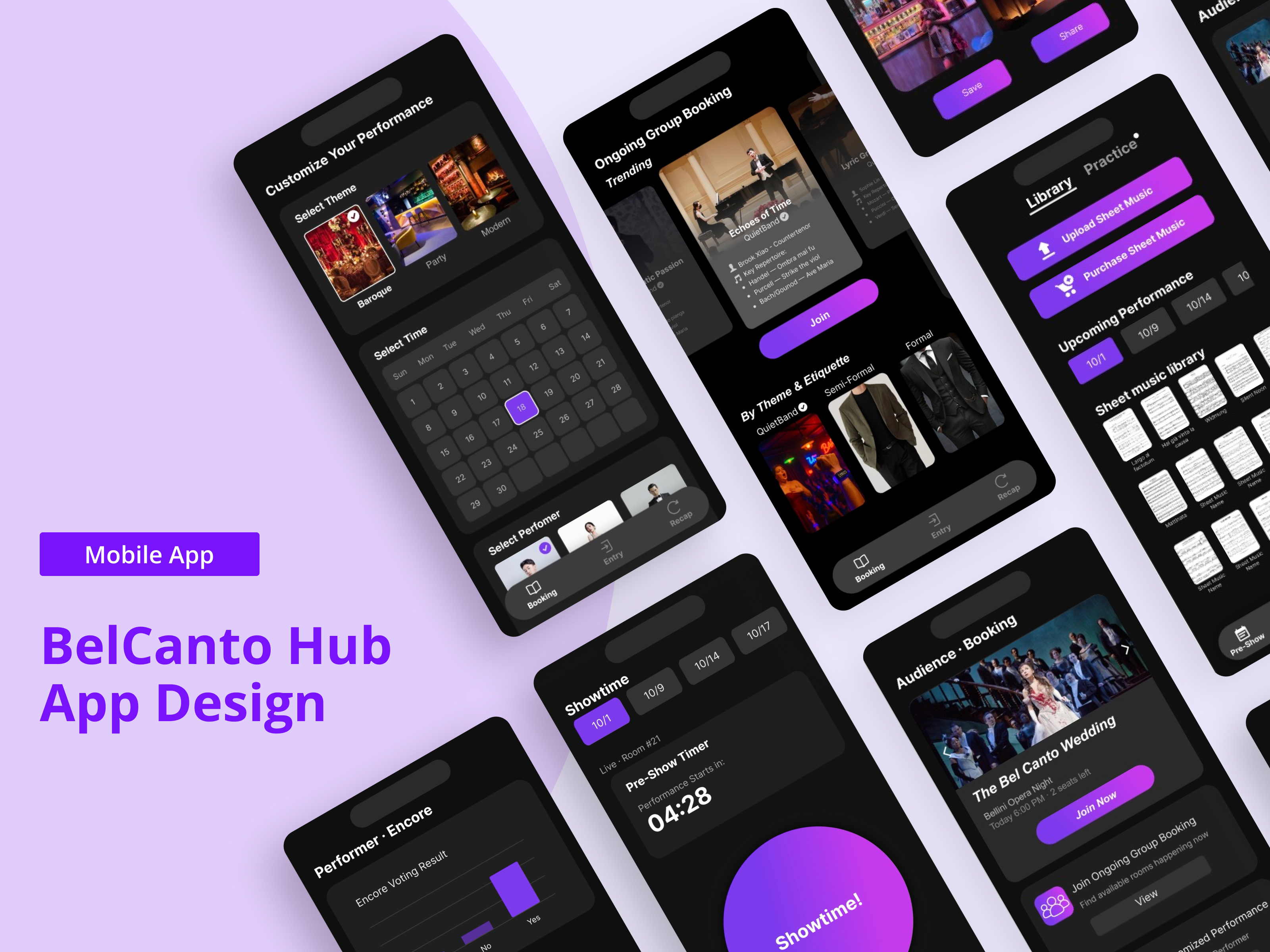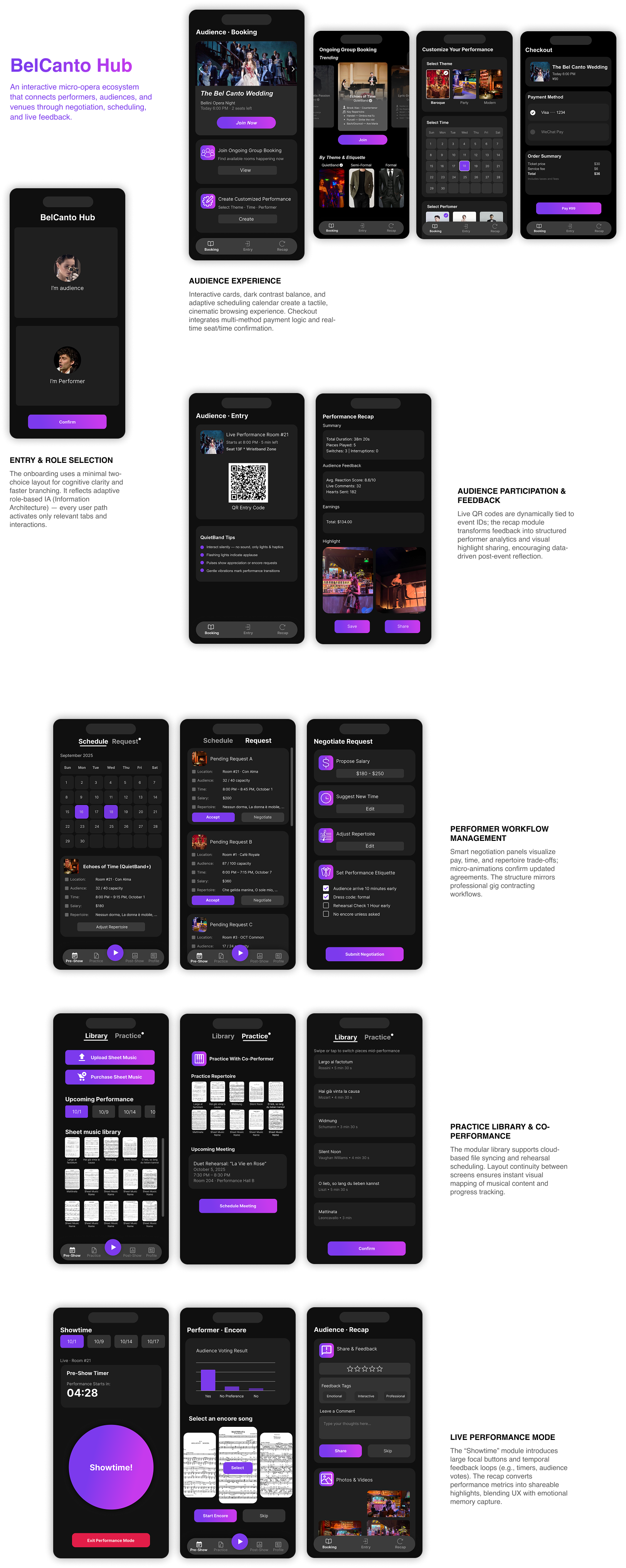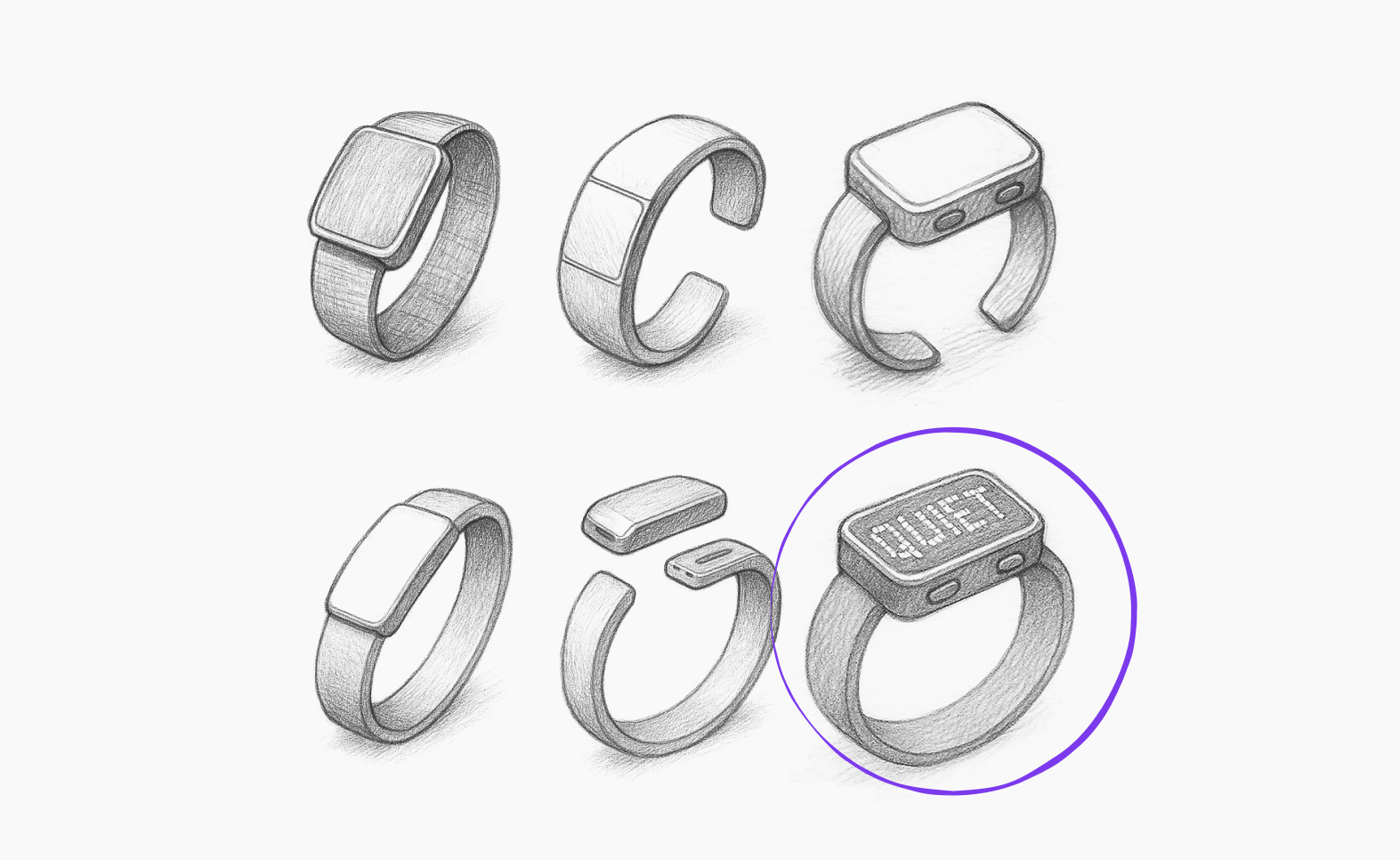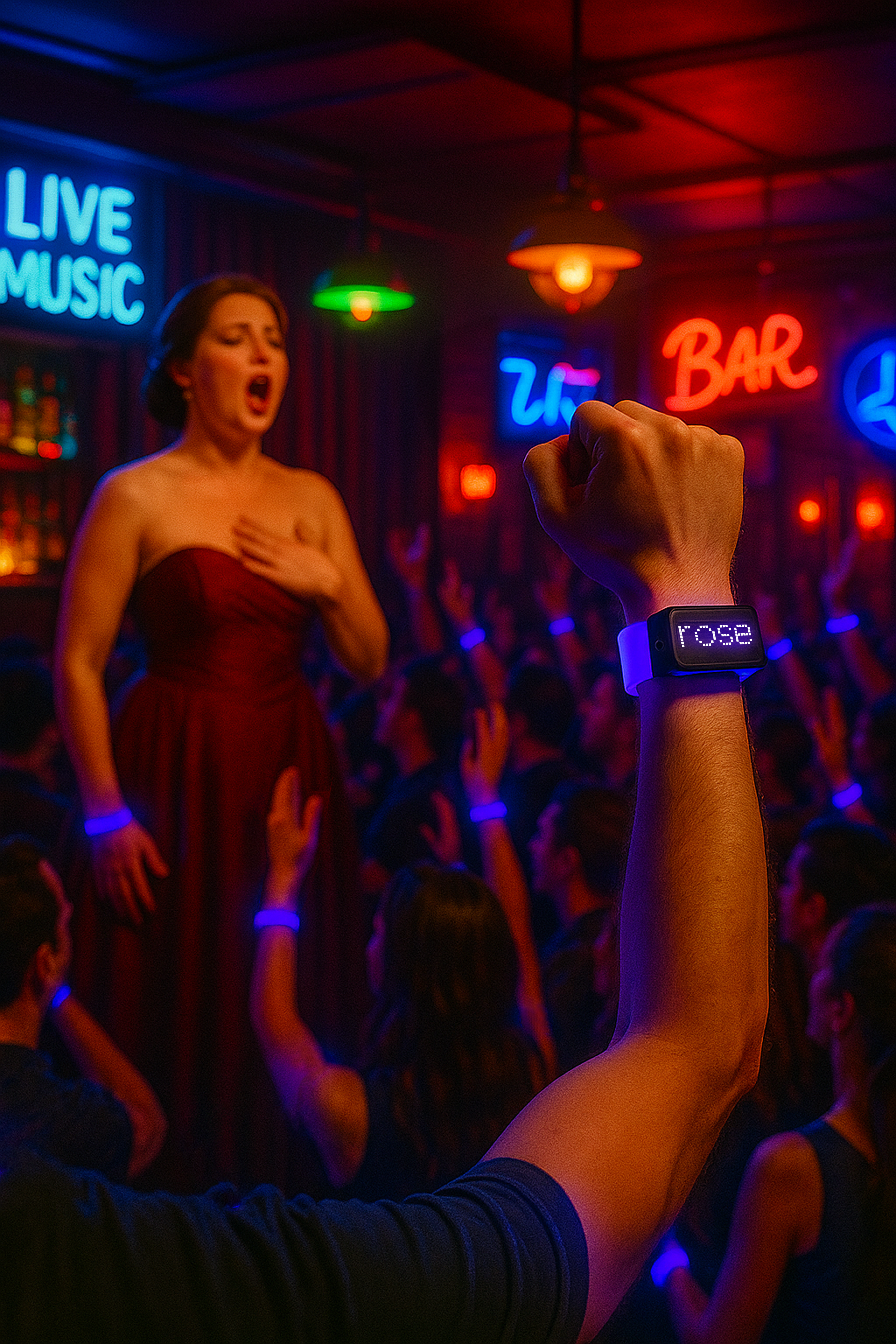- Pilot program with 2-3 live-house venues in Shenzhen
- Partner with conservatory students for beta performances
- Develop wristband prototype and test in controlled settings
- Build partnerships with local classical music organizations
- Explore expansion to other second-tier cities with similar demographics
From a childhood of scarce stages in Shenzhen to abundant rehearsal rooms in the U.S., my path traces a stark imbalance in access to classical performance. Bridging that imbalance has become the next logical step.

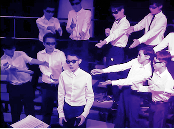
Childhood in Shenzhen, China
I trained in classical voice even though the city had very few concert halls, teachers, or student performance slots.
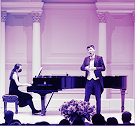
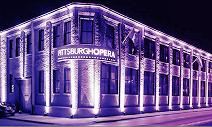
Vocal Training in the U.S.
Moving to the U.S. gave me daily access to rehearsal rooms, experienced coaches, and a steady calendar of live classical performances
Reality Check: Employment
Backstage I learned the data: in China, fewer than 30 % of performance undergrads end up on a full-time stage.
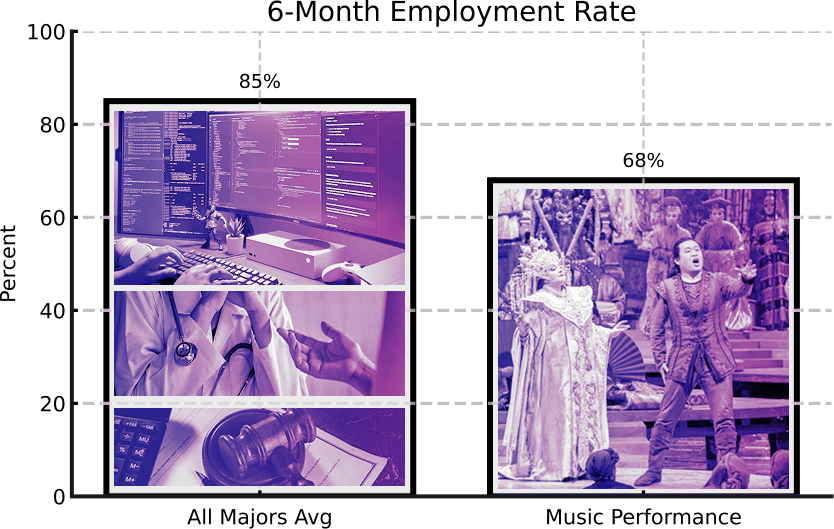

Pivot to HCI
I pivoted into Human-Computer Interaction, bringing data, design, and code together to build new stages for performers.
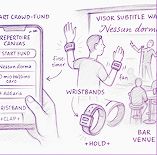
My Goal
My goal is to fuse bel canto expertise with HCI design—opening more stages for performers while giving audiences accessible ways to experience the music.


